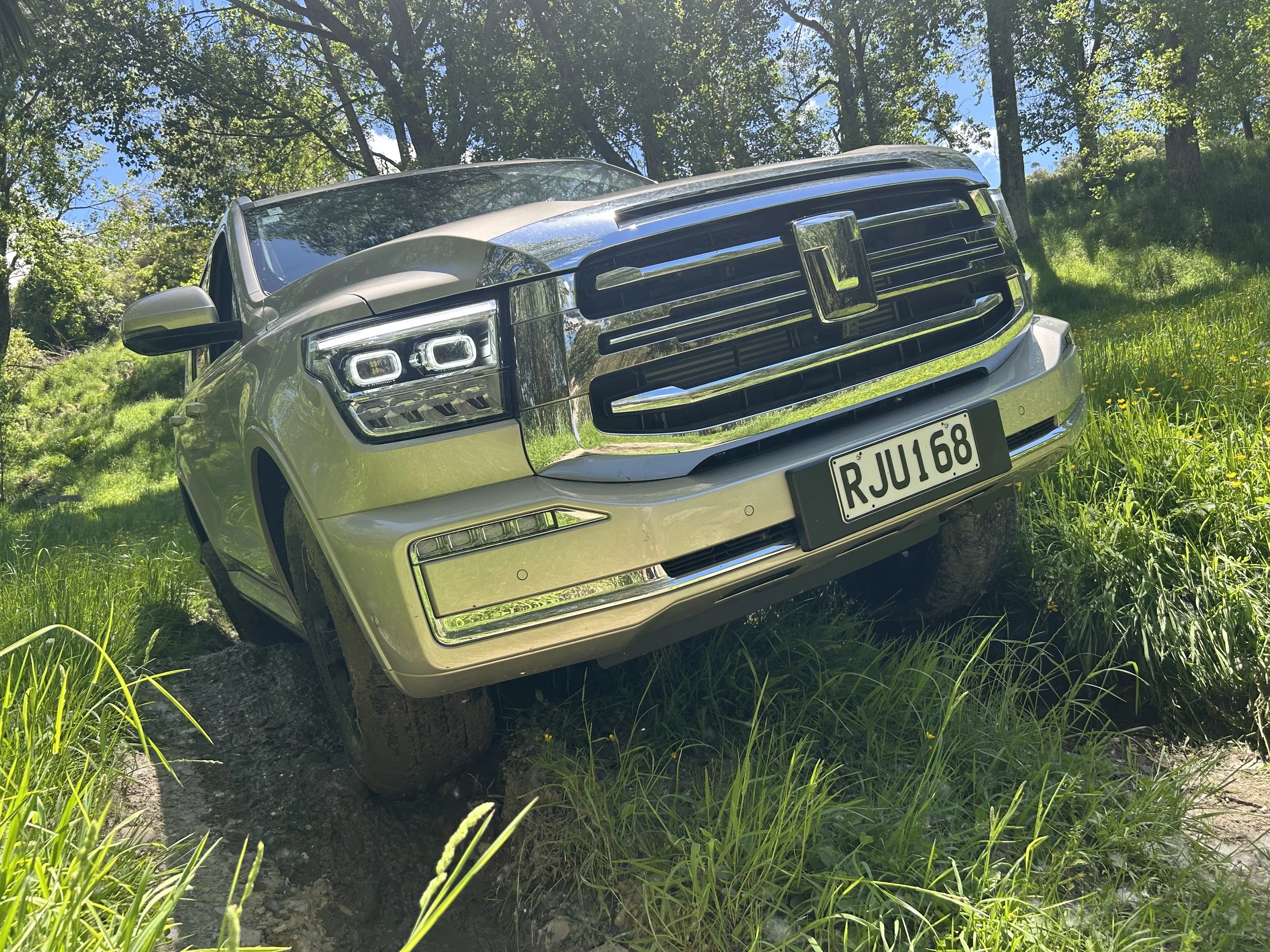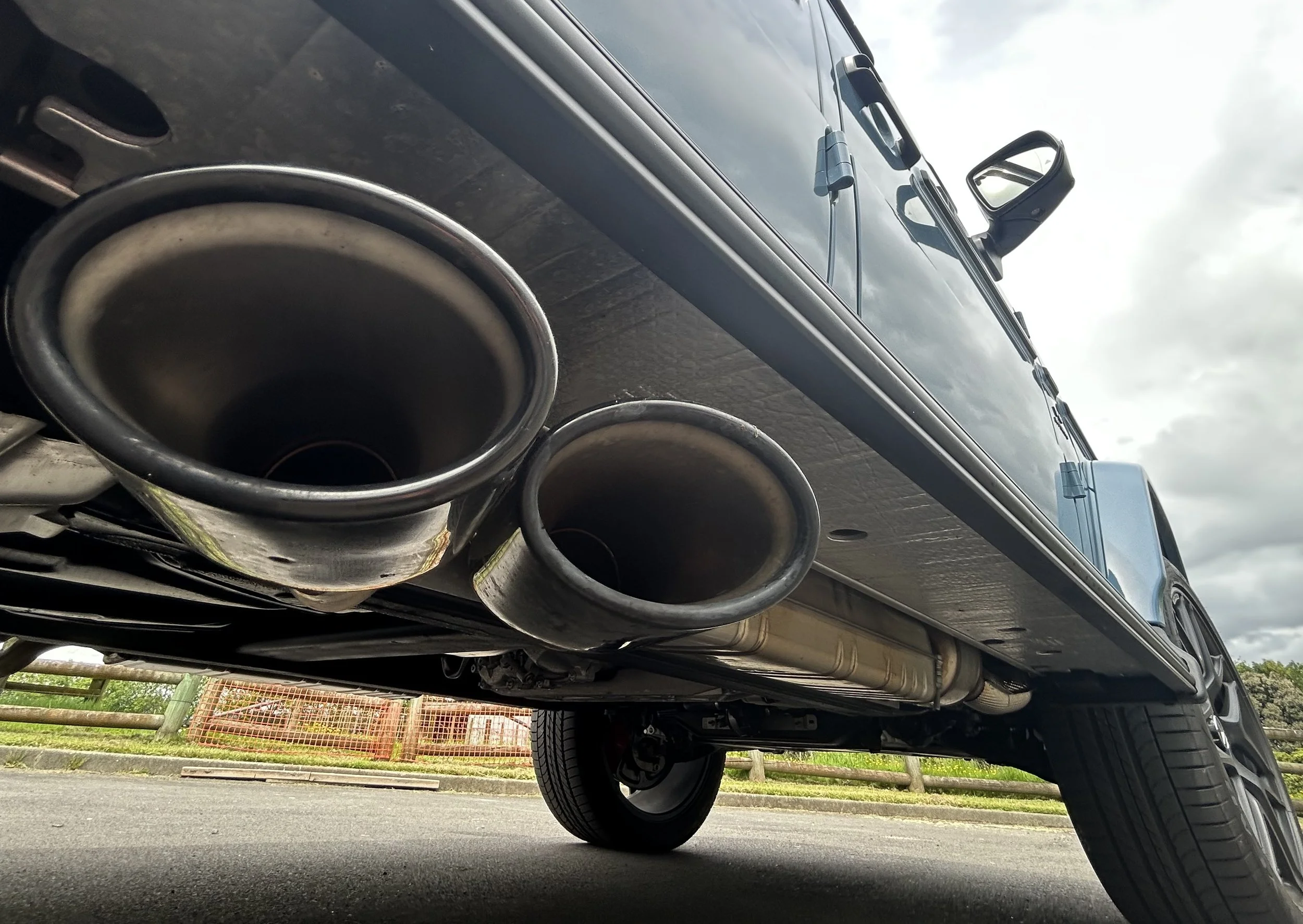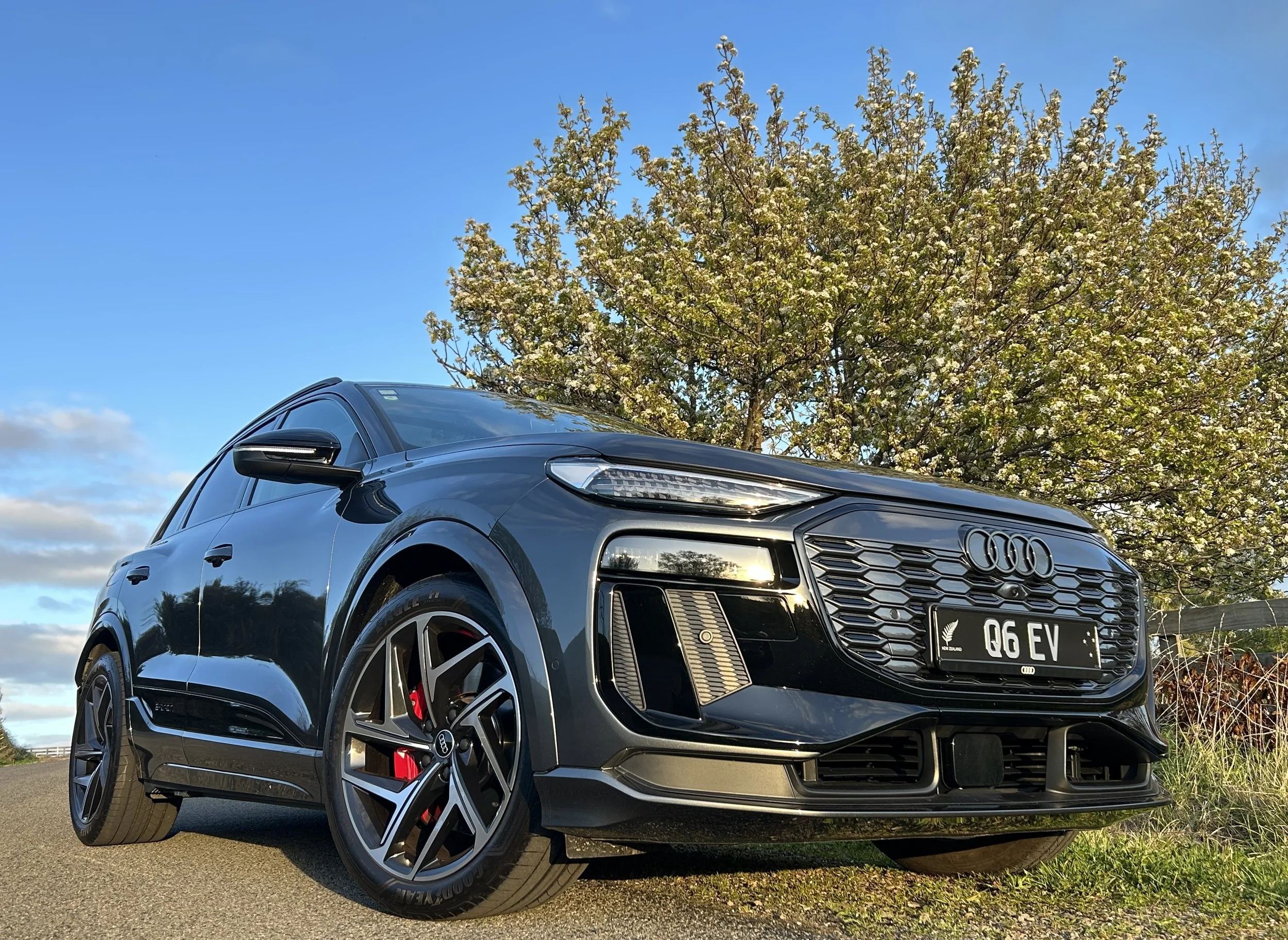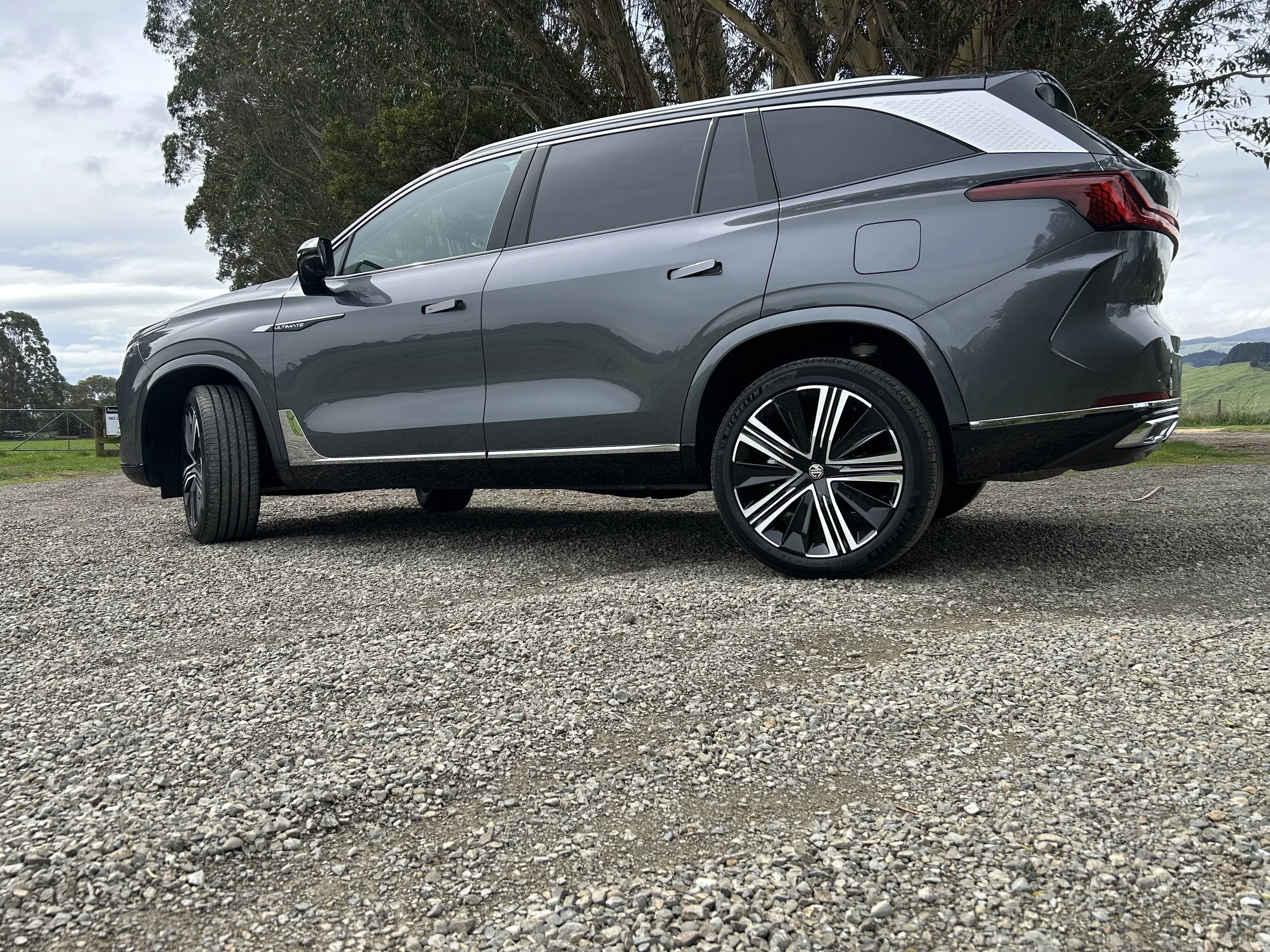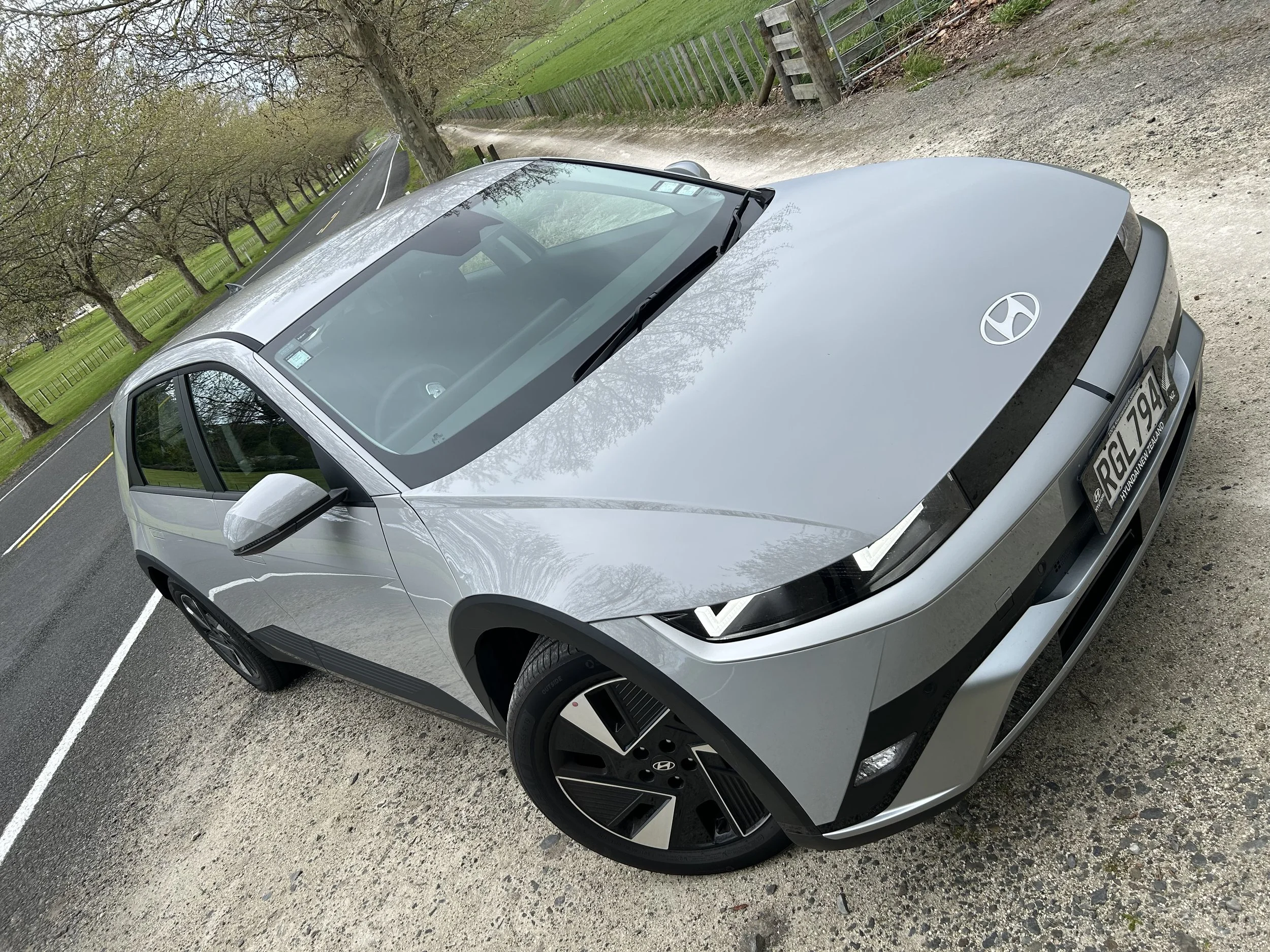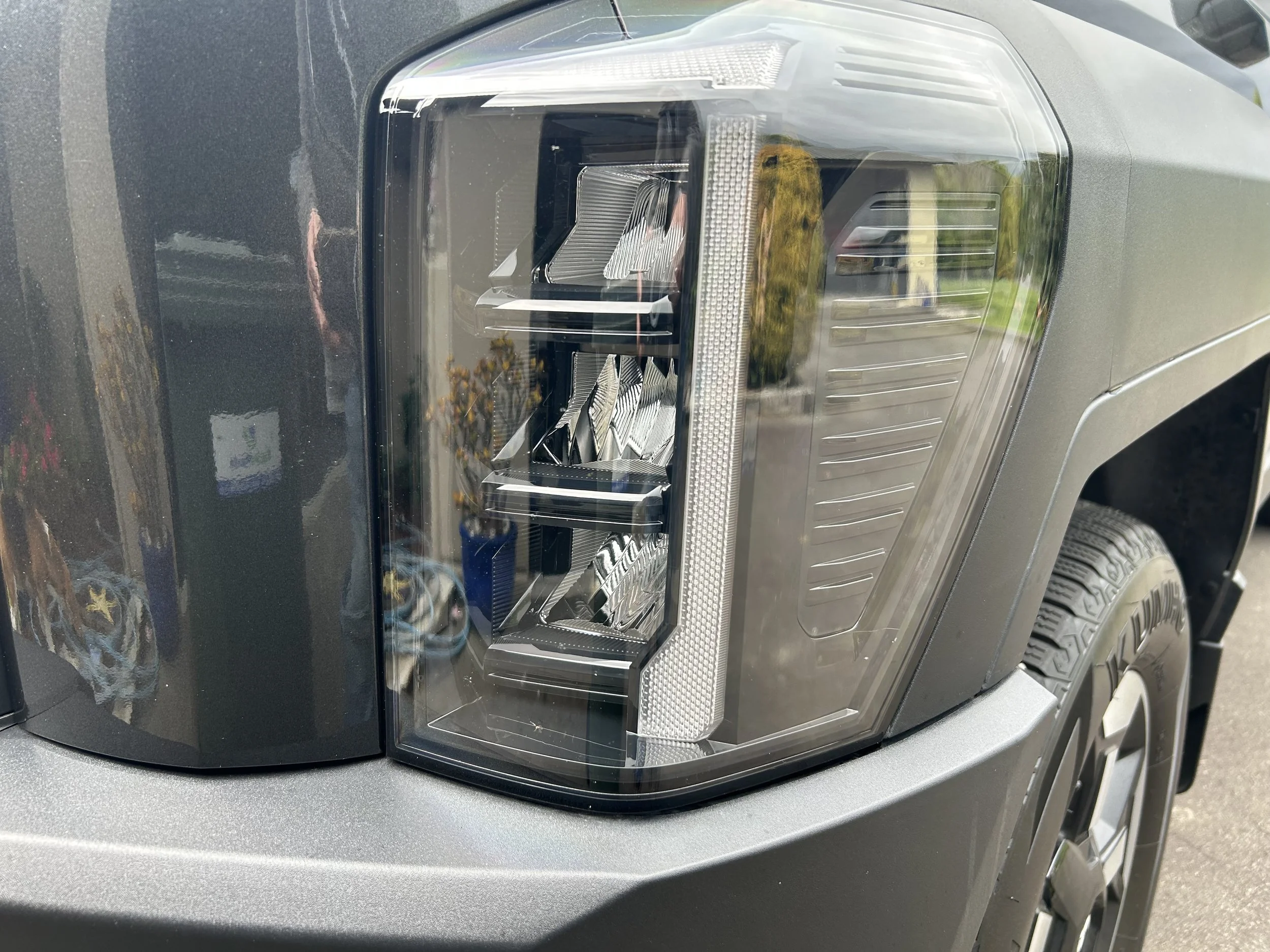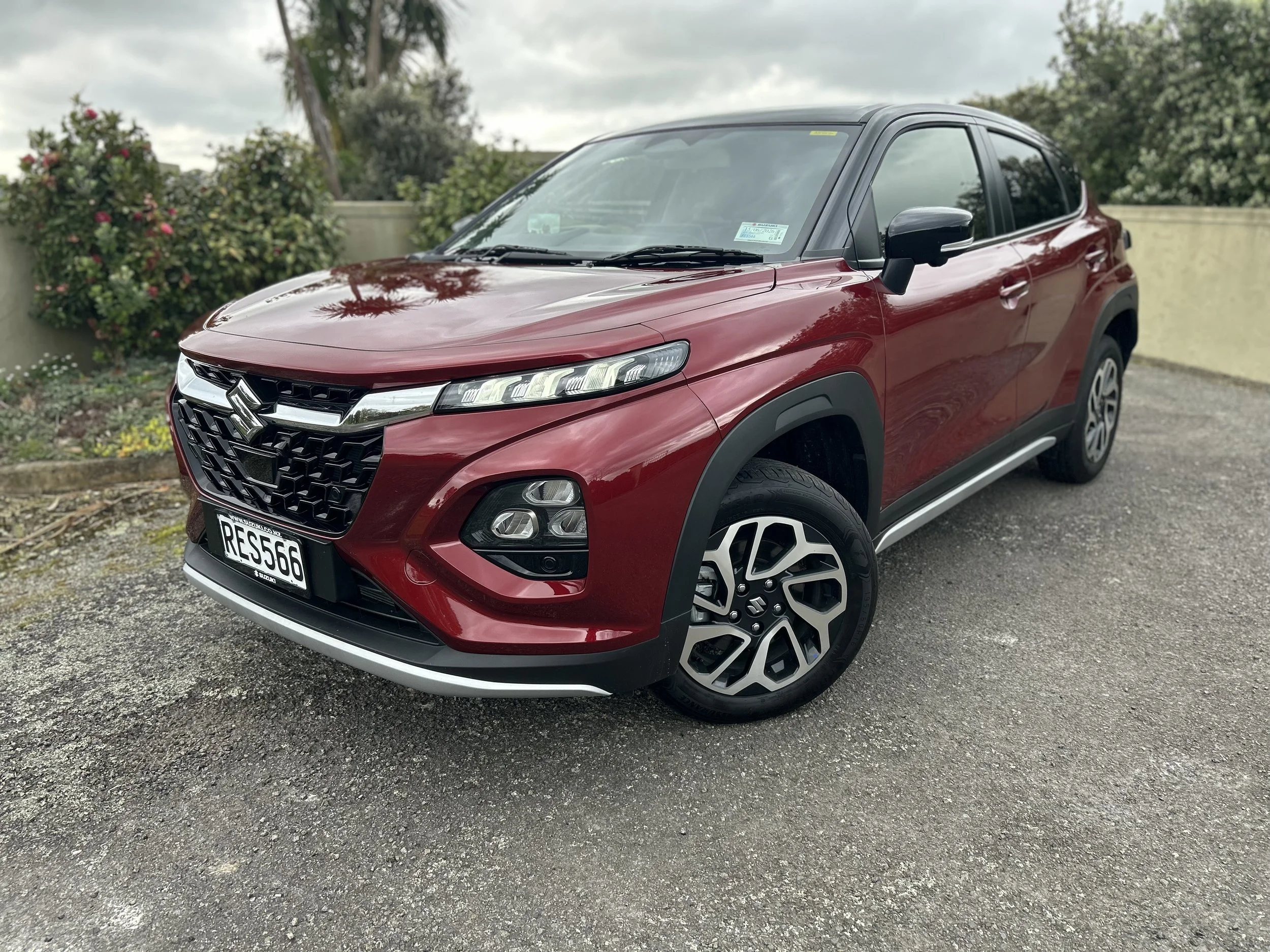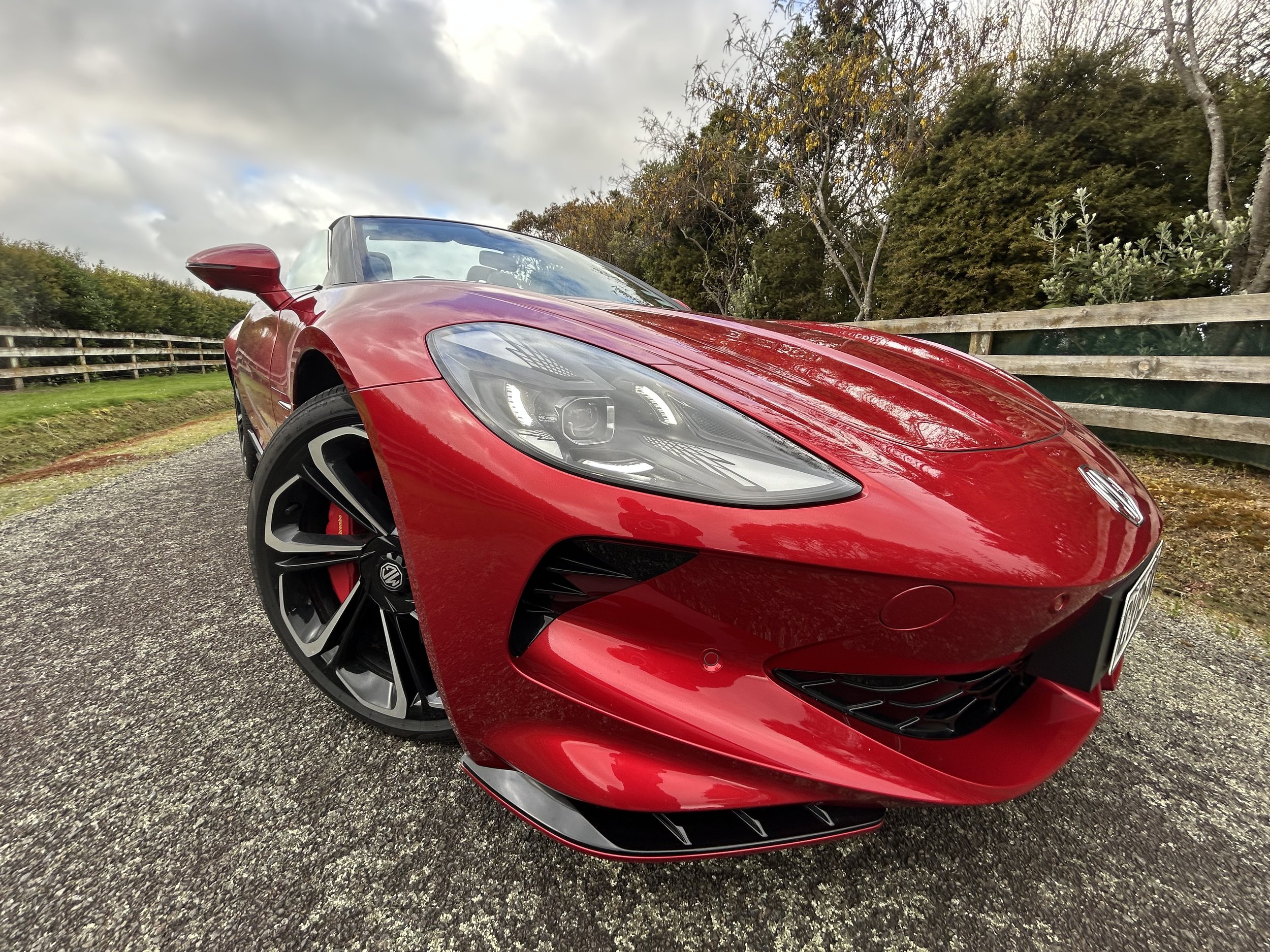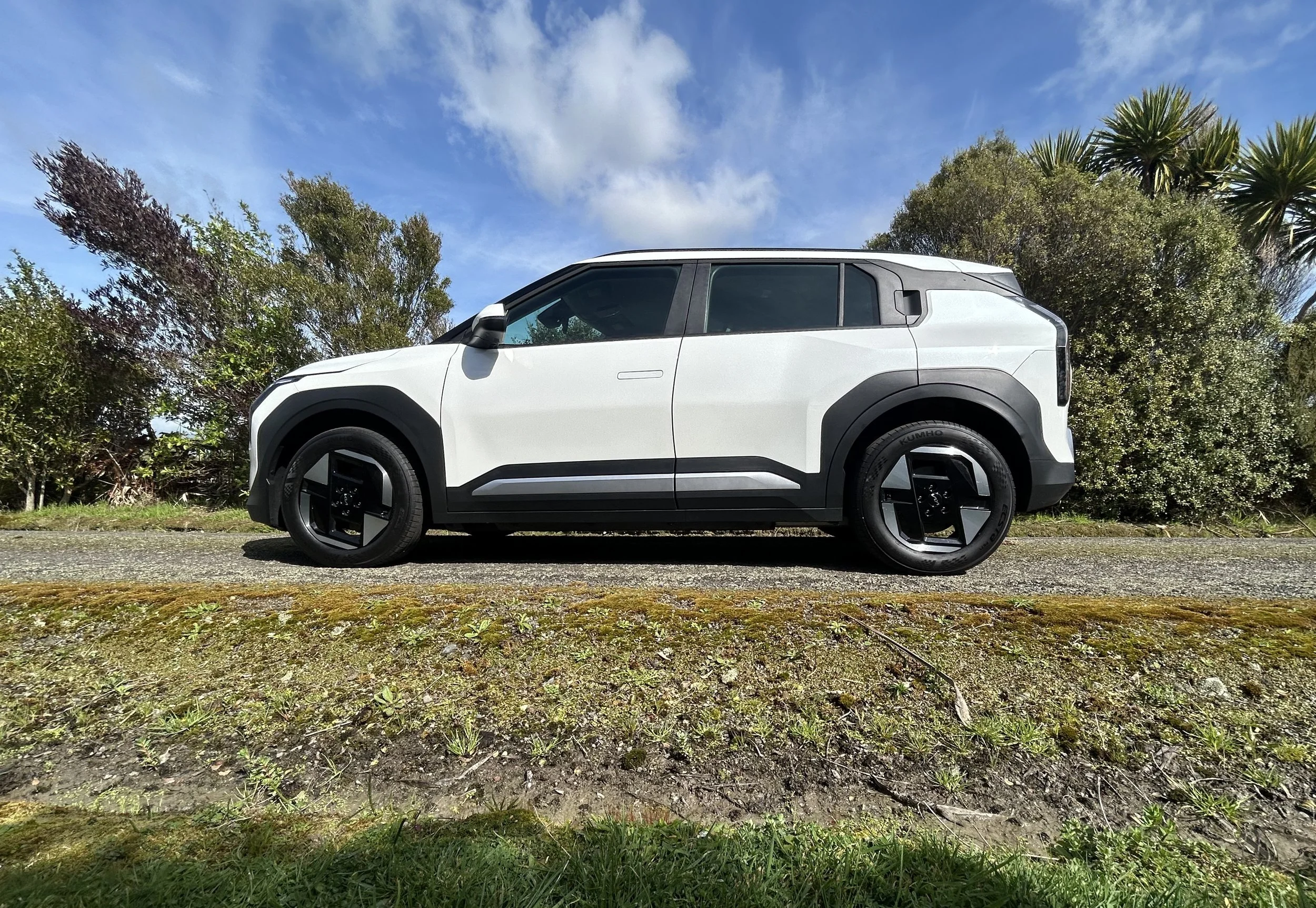Cannon fires - Shark under attack
/GWM’s plug-in hybrid ute bests BYD rival on key attributes and one version will undercut on price, for a start.
ANTICIPATION that fierce rival GWM would aim to upset the pitch made into the formative plug-in hybrid utility sector by another Chinese make, BYD, has come to pass - but buyers will have to be quick to take full advantage.
The GWM Cannon Alpha PHEV that bests the already-established Shark 6 for dimension, torque, towing, claims a longer electric-pure range and is better - according to independent tests in Australia - at pukka off-roading will line ball on price in the cheaper of two versions, but only from the end of June, GWM shared today.
For the immediate future, the Lux edition will be sold with a $2000 discount - thus taking the sticker to $67,990 - and also be offered with a free wall charger. The flagship Ultra, meantime, will sell for $74,990, also $2000 below the eventual RRP, and also offers with a wall charger.
The two models are massive competitors in Australia and that battle is expected to be as intense here.
GWM has avoided directly mentioning BYD in its announcement and credits face-to-face negotiations between GWM Australia NZ’s senior management and their senior head office counterparts at the Shanghai motor show having yielded sharp launch pricing.
Powering the GWM is a 180kW/380Nm 2.0-litre turbocharged four-cylinder petrol engine and 120kW/400Nm electric motor, good for a claimed 300kW and 750Nm combined, whereas the Shark 6 achieves 321kW/650Nm from a 1.5-litre petrol and two electric motors.
The Cannon Alpha's electric motor augments the engine, whereas a Shark 6 operates more like a dual-motor electric vehicle, with a petrol engine to support it.
GWM’s 37.1kWh battery pack is said to deliver up to 115km of claimed driving range in lab testing, against a Shark 6's 100km, with fuel burn as low as 1.7 litres per 100km for an 1060km total potential range, with acceptance 7.9L/100km is more likely once the battery is at a low state of charge. The BYD is advertised as having an optimal fuel burn of 2.0L/100km and a optimal range of 800kms. It has a 29kWh battery.
Both achieve those economy and range figures from using a questionable measuring tool, the NEDC scale, which was junked here almost three years ago due to recognised flaws.
New Zealand has moved to a new global standard, WLTP - the Worldwide Harmonised Light Vehicles Testing Procedure - citing it to be a much more accurate gauge of energy economy and emissions.
Adoption began on December 1, 2021, the process overseen by the Energy Efficiency and Conservation Authority (EECA), however, the switchover appears one of official expectation, rather than mandate until 2026, when WLTP is fully ratified.
Chinese brands often prefer NEDC because it lends more favourable outcomes, and also because they also sell common products to Australia, where they have regional offices and where NEDC remains the accepted barometer.
GWM came into the spotlight for using NEDC last November in respect to a Haval plug-in product.
When questioned about the accuracy of the figures it cited with the H6 PHEV, GWM public relations manager Justin Stefani responded that “as NZ have moved to WLTP, we will publish /advertise this result in NZ once it has been signed off by our head office team and received at our end.”
GWM has nonetheless continued to advertise the H6 with NEDC outcomes. A request was made to Stefani today for WLTP data in respect to the Cannon Alpha PHEV.
Save for having a plug-in charging port, the Cannon Alpha PHEV is basically identical in look to a petrol hybrid variant that has sold here since last year. It has an electric-assisted 2.0-litre making 255kW/648Nm and sells across three trims, from $54,990 to $68,990 in Ultra.
With the PHEV, outputs are sent to all four wheels through a nine-speed automatic transmission and a mechanical four-wheel-drive system, with high- and low-range gearing, and front, rear and centre locking differentials on the top grade.
GWM says its ute can run on electric power in 4WD high range, as well as at highway speeds, something it claims "is currently not offered in the segment.”
DC fast charging at up to 50kW is supported, for a claimed 30 to 80 percent fast charge in 26 minutes, as well as AC charging at up to 6.6kW, claimed to allow a full charge in 6.5 hours.
Vehicle-to-load technology allows the Cannon Alpha's battery to power external electrical devices at up to 3.3kW.
Also quoted are "multiple" terrain modes, a 3500kg braked towing capacity – compared to 2500kg for a 1.5-litre Shark 6 – an 800mm wading depth and 224mm of ground clearance.
The next competitor in the PHEV ute sector to land will be the Ford Ranger PHEV, which has a 207kW/697Nm unit combining a 2.3-litre petrol four-cylinder with an electric motor augmented between the engine and transmission in $82,990 XLT, $82,990 Wildtrak and $94,990 Stormtrak double cab variants.
Ford claims a economy figure of 2.8 litres per 100km and 45kms’ pure electric driving judged by WLTP calibration.
The Ranger PHEV’s engine in isolation makes 138kW at 4600rm and 411Nm at 2700. When the electric also involves, maximum power climbs to 207kW at 4600rpm and 697Nm at 2500rpm.
The PHEV models have the same 3500kg towing rating as other Rangers and the maximum payload is 973kg - so 180kg up on Shark 6. The Cannon’s playload is lighter still, at 685kg.
Ford’s PHEV drivetrain has four drive modes – Auto EV, EV Now, EV Later, and EV Charge. The engine is the primary driver of the wheels, with the electric motor augmenting it, rather than the other way around.
Ford Ranger PHEV models are the only ones that will come with external power outlets, too.The tray is said to be long enough for two European pallets, now exeeding 1600mm thanks to a new PHEV-specific tub.
2024 was Ranger’s 10th consecutive year as the country’s top-selling ute, but it has lost sales pace since January 1.










